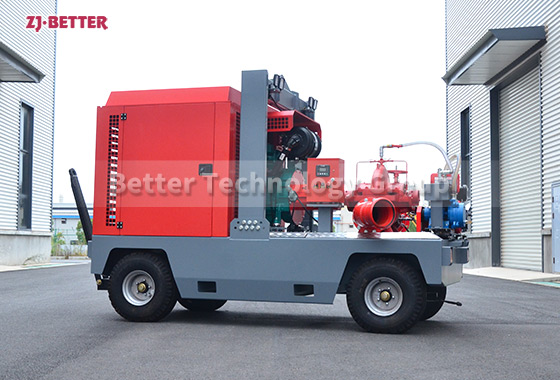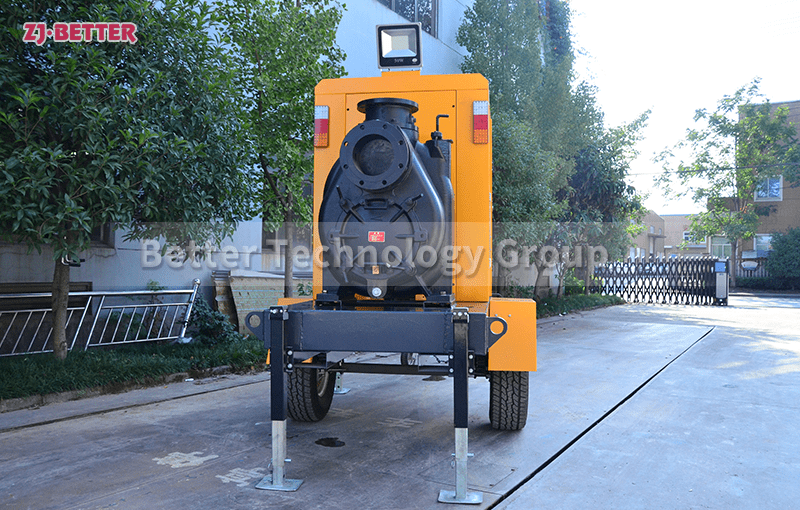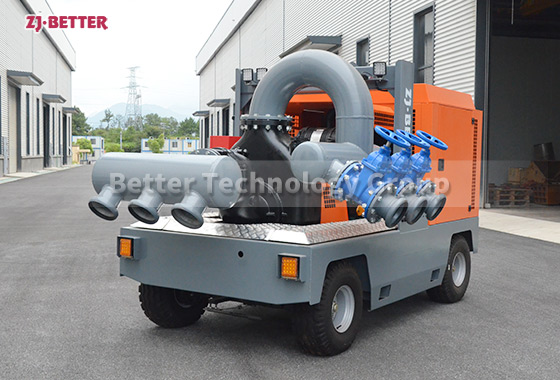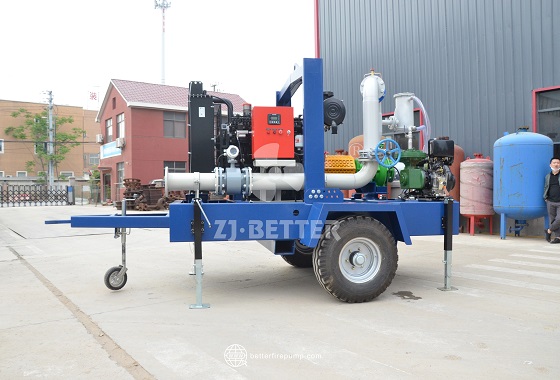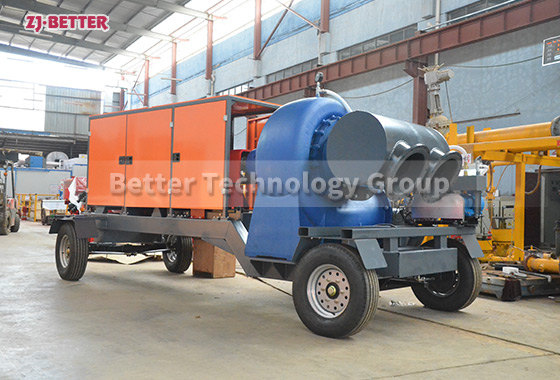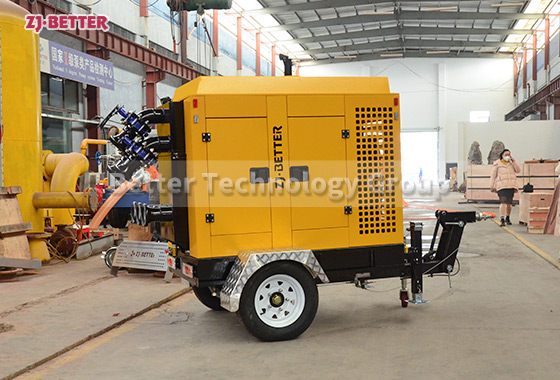High Flow Mobile Fire Pump – Perfect Combination of Remote Water Supply and Flexibility
The high-flow mobile fire pump has large-flow water supply, strong power and flexible maneuverability. It can operate stably in an off-electricity environment. It is suitable for scenarios such as urban fires, industrial parks, petrochemical enterprises, forest fires and emergency drainage. It supports long-distance water transmission, remote water extraction and intelligent control, providing efficient and safe protection for firefighting and emergency rescue.
As an extremely important type of emergency equipment in modern fire protection systems, high-flow mobile fire pumps, with their unique design and powerful performance, demonstrate excellent water supply capabilities and mobility advantages in complex fire environments. They break through the limitations of traditional fixed fire pumps that are restricted by installation locations, and can be quickly transferred to fire scenes or remote water supply areas to provide a continuous flow of high-pressure water for firefighting operations. This type of equipment usually adopts a trailer-type or vehicle-towing structure, combined with a high-performance diesel engine as a power source, ensuring stable operation even in remote areas without power supply. When responding to large-scale fires, oil depot fires, forest fires, and special places far away from municipal water supply networks, mobile firefighting equipment is very suitable. The pump is an ideal choice. The high-flow design means that its flow range far exceeds that of ordinary fire pumps. It can quickly deliver large amounts of water, effectively shortening the fire-fighting response time, thereby minimizing the losses caused by the spread of fire. The equipment is usually equipped with an advanced diesel engine system with strong power and fast start-up. Combined with an efficient centrifugal pump structure, it can achieve continuous and stable water supply performance. The unit adopts a durable steel structure chassis as a whole, with anti-corrosion coating and shockproof design to ensure stable operation in harsh environments. The flexibility of the mobile design enables it to be quickly transported to any required location. The trailer chassis is equipped with a shock-absorbing suspension system and sturdy tires, which can easily travel even on rugged roads. Equipped with adjustable support legs, it can be quickly installed and fixed on site to ensure that the pump remains stable during operation. In addition, high-flow mobile fire pumps usually have a variety of interfaces and pipeline configurations, which can be flexibly connected to water hoses and pipe networks of various diameters according to different working conditions to achieve efficient water resource distribution. The equipment operation panel adopts an intelligent design, which is simple and easy to understand. It is equipped with an electronic control system and multiple protection devices, such as oil pressure alarm, water temperature alarm, automatic shutdown protection, etc., to ensure that the equipment remains safe and reliable during long-term continuous operation. The advantage of high-flow mobile fire pumps lies not only in the large water supply, but also in its strong adaptability. It can directly draw water from natural water sources such as rivers, lakes, and reservoirs to solve water shortages. The emergency problem of lack of fixed water source is particularly important in forest fires and wildland fires. By combining with temporarily laid long-distance pipelines, water can be transported to the core location of the fire scene far away from the water intake point, thereby winning valuable time for firefighting operations. The equipment also has strong durability and low maintenance requirements. The core components of the diesel engine and pump body are made of high-strength materials, and the internal components are precision-machined and wear-resistant to ensure that long-term high-load operation is not easily damaged. Daily maintenance only requires fuel inspection, lubrication maintenance and regular cleaning, which greatly reduces the operation and maintenance costs of the user unit. In actual applications, the high-flow mobile fire pump can be used alone or in conjunction with fixed fire protection systems and sprinklers. The mobile fire pump can be linked to the sprinkler system or high-pressure water cannon to achieve multi-level fire fighting protection. Its flexible dispatching capability enables the fire department to quickly configure equipment resources according to the fire situation. For high-risk areas such as urban fringe areas, industrial parks, petrochemical enterprises and large storage sites, mobile fire pumps can effectively make up for the shortcomings of fixed pipe networks and provide solid protection for fire safety. In the petrochemical industry, high-flow mobile fire pumps can quickly supply water to the foam fire extinguishing system and block the spread of flammable liquid fires. In forest fires, it can be deployed in mountainous areas without water pipe networks to quickly establish temporary water supply lines to provide continuous water sources for fire-fighting helicopters or water cannons. In large urban fires, it can quickly access the municipal water supply. system or alternative water source to improve fire extinguishing efficiency. In addition, this equipment is also widely used in emergency drainage and flood prevention and disaster relief. When encountering urban waterlogging or sudden floods, the high-flow design enables it to drain a large amount of accumulated water in a short time and restore traffic and residents’ living order. Its multifunctional characteristics make it extremely valuable in firefighting, emergency and industrial applications. In terms of performance, high-flow mobile fire pumps usually have a flow range of hundreds to thousands of cubic meters per hour, and a head covering tens to hundreds of meters, which can fully meet the needs of high-rise buildings, long-distance water delivery and large-scale fires. The diesel engine is equipped with a turbocharger and a high-efficiency fuel injection system. It is not only powerful but also has low fuel consumption. The efficiency is low, ensuring the economy of long-term continuous operation. The cooling system mostly adopts a closed-loop water cooling design to avoid power drop or equipment failure due to high temperature. The exhaust system meets environmental protection standards, and noise control measures also make the equipment more suitable for urban applications. The overall unit supports a variety of customized options, such as dual-pump parallel design, automatic start-stop system, remote monitoring function, etc., to provide users with a more intelligent use experience. The intelligent monitoring module can realize real-time operation data collection and remote transmission. Users can grasp the operating status of the pump through the mobile terminal, greatly improving management efficiency and emergency dispatch capabilities. The high-flow mobile fire pump focuses on people-oriented design concept and convenient operation. The combination of high efficiency, low noise, low emissions and high efficiency reflects the development trend of modern fire-fighting equipment. It is not only a simple fire-fighting and water-supply tool, but also a comprehensive equipment integrating emergency support, multi-functional application and intelligent control. It provides solid support for various complex fires and disaster scenes. As the global requirements for fire safety and emergency rescue continue to increase, the application value of this high-flow mobile fire pump has become increasingly prominent. Its unique advantage is that it can not only meet the high-efficiency needs of urban firefighting, but also adapt to emergency situations in remote areas. At the same time, it also has the function of flood control and drainage, providing all-round protection for social security. It can be said that it is an indispensable and important equipment in the construction of future fire protection systems.

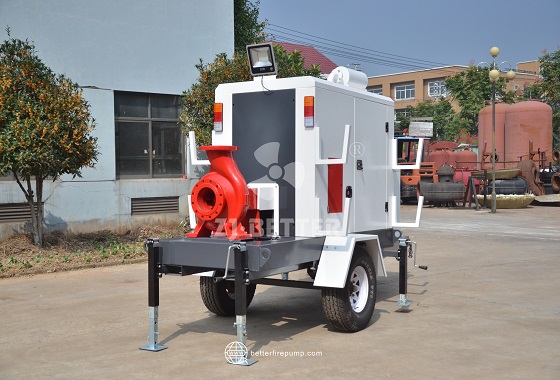

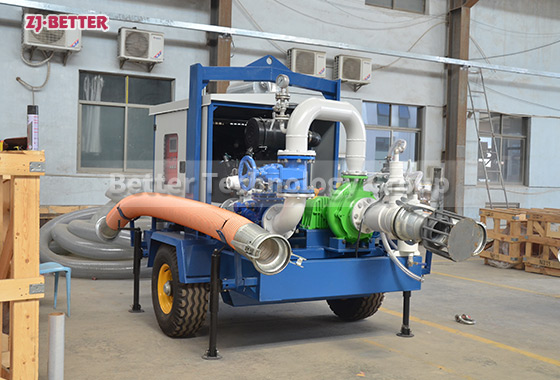
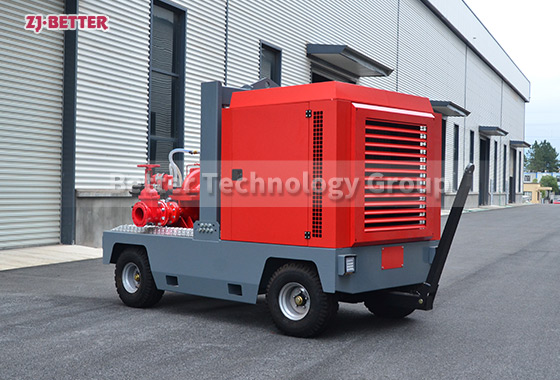
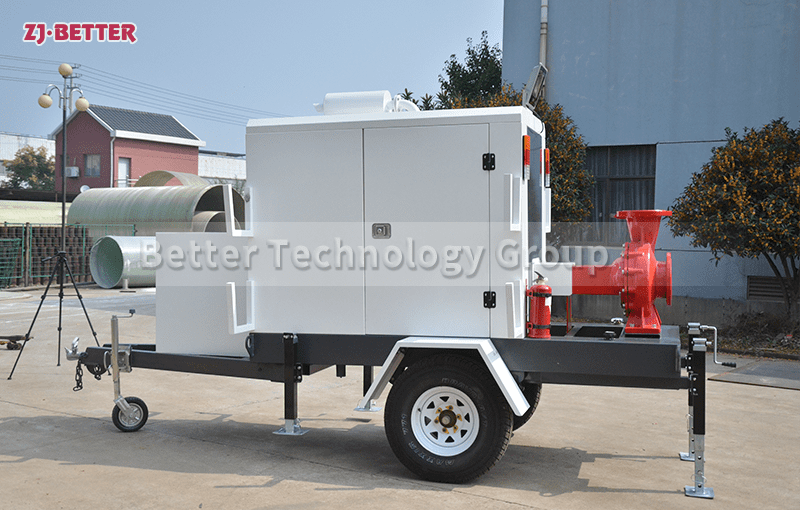
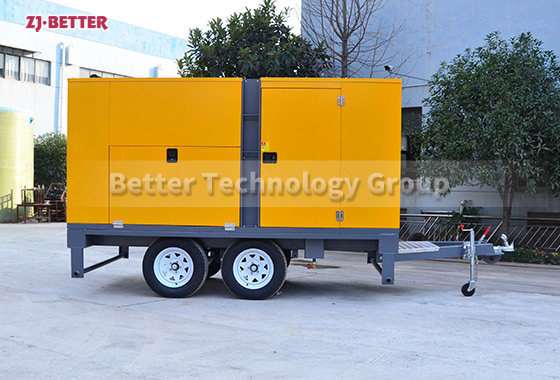
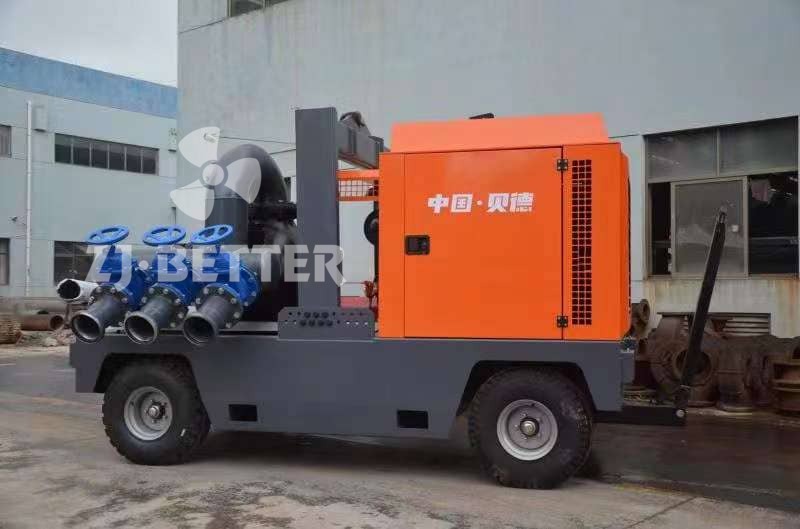

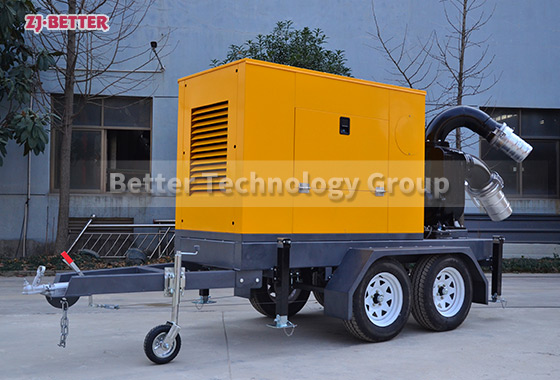
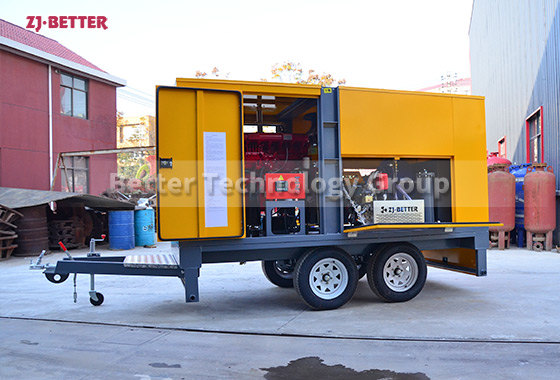
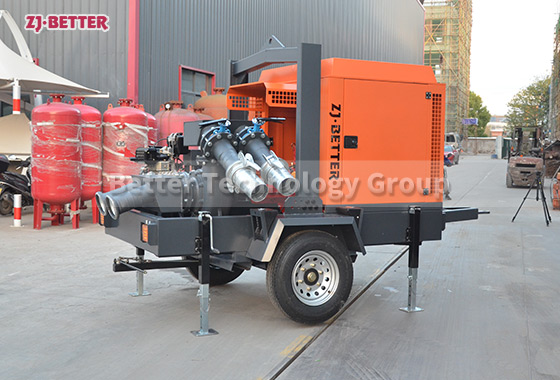
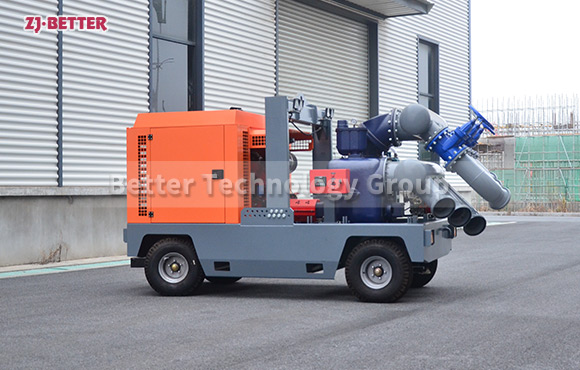
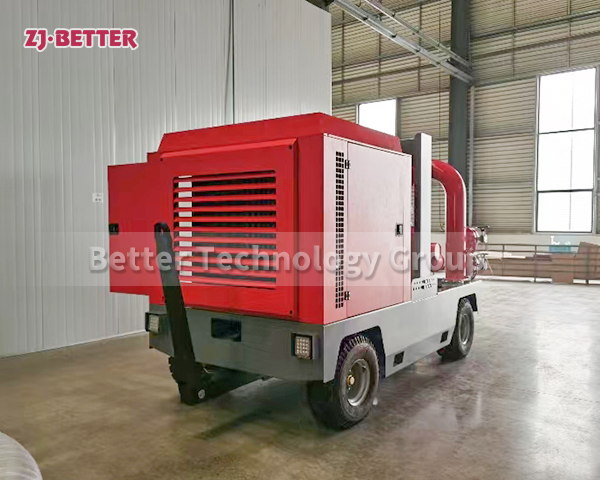
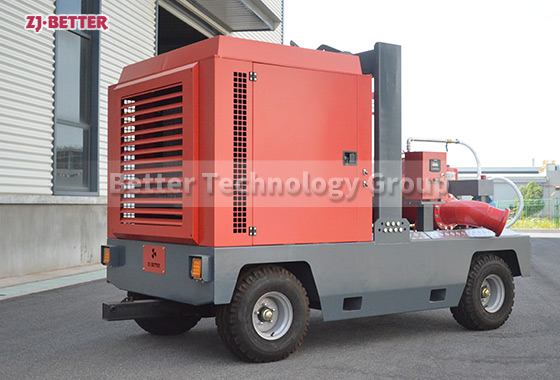

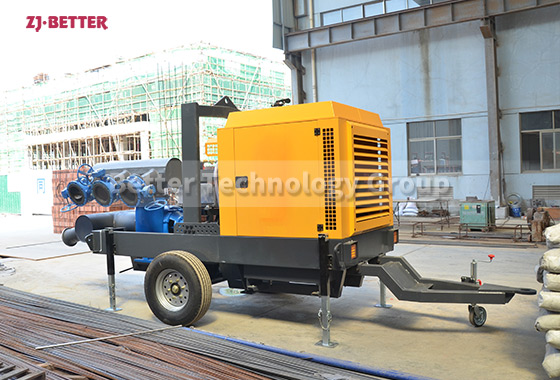
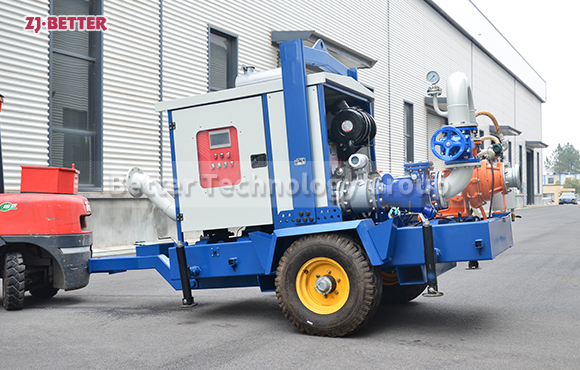
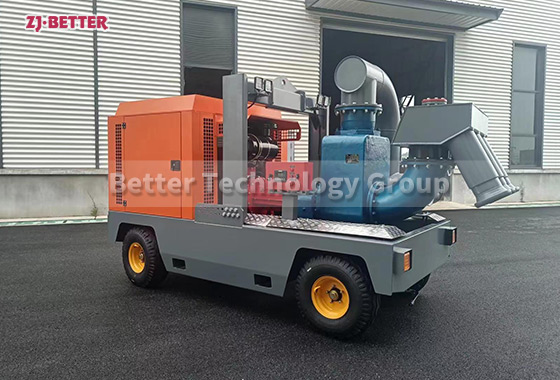
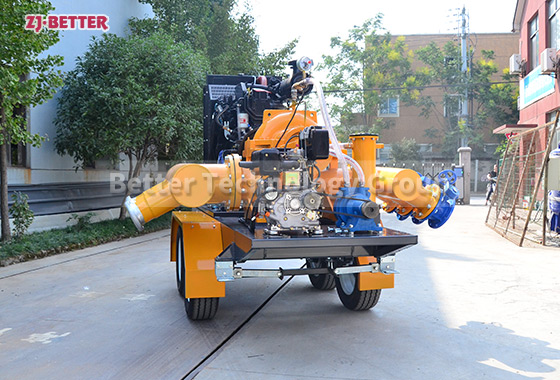
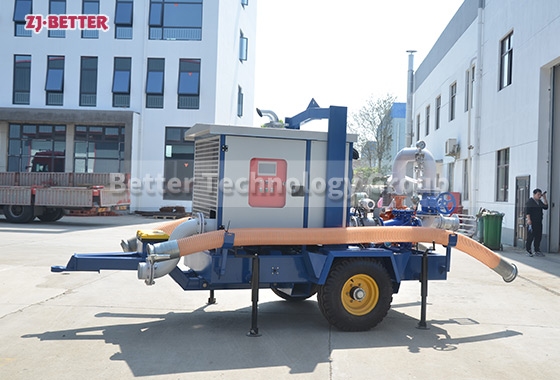
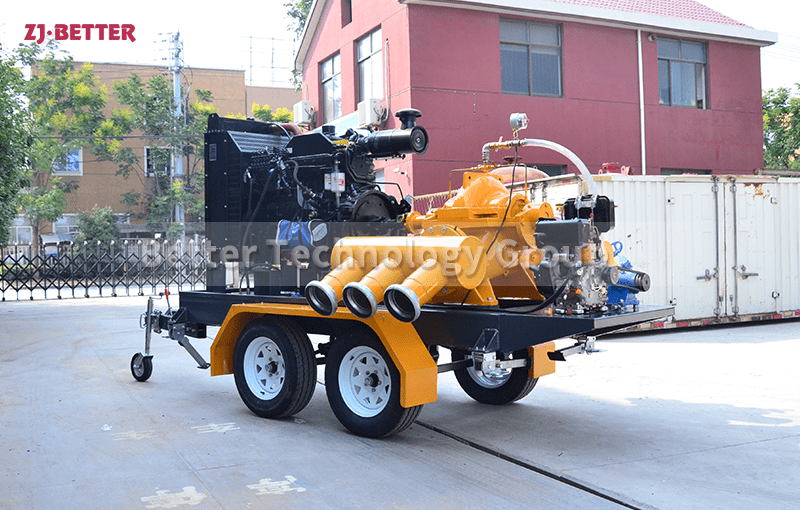
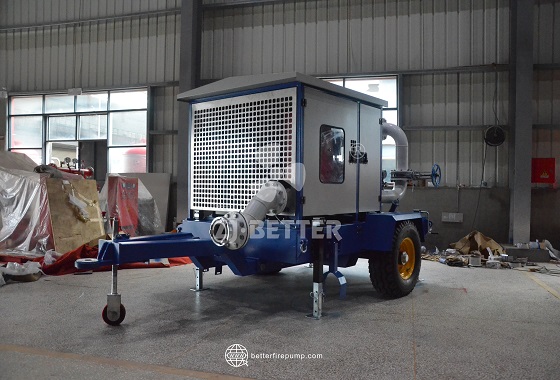

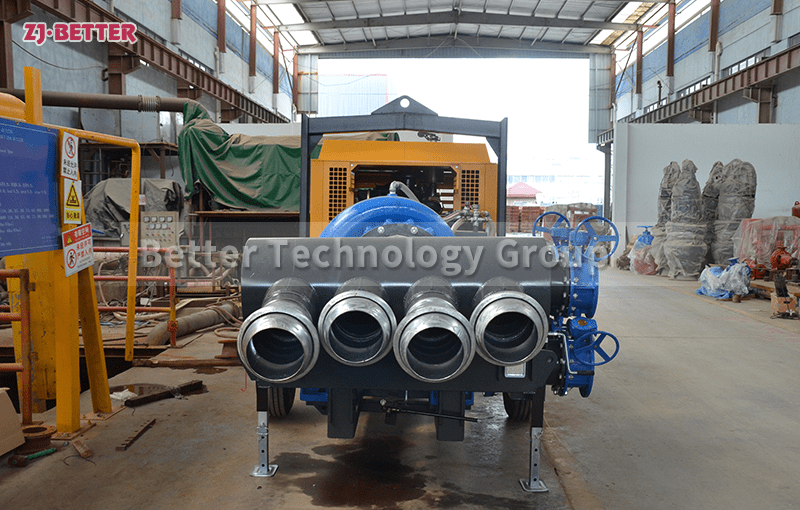
.jpg)
